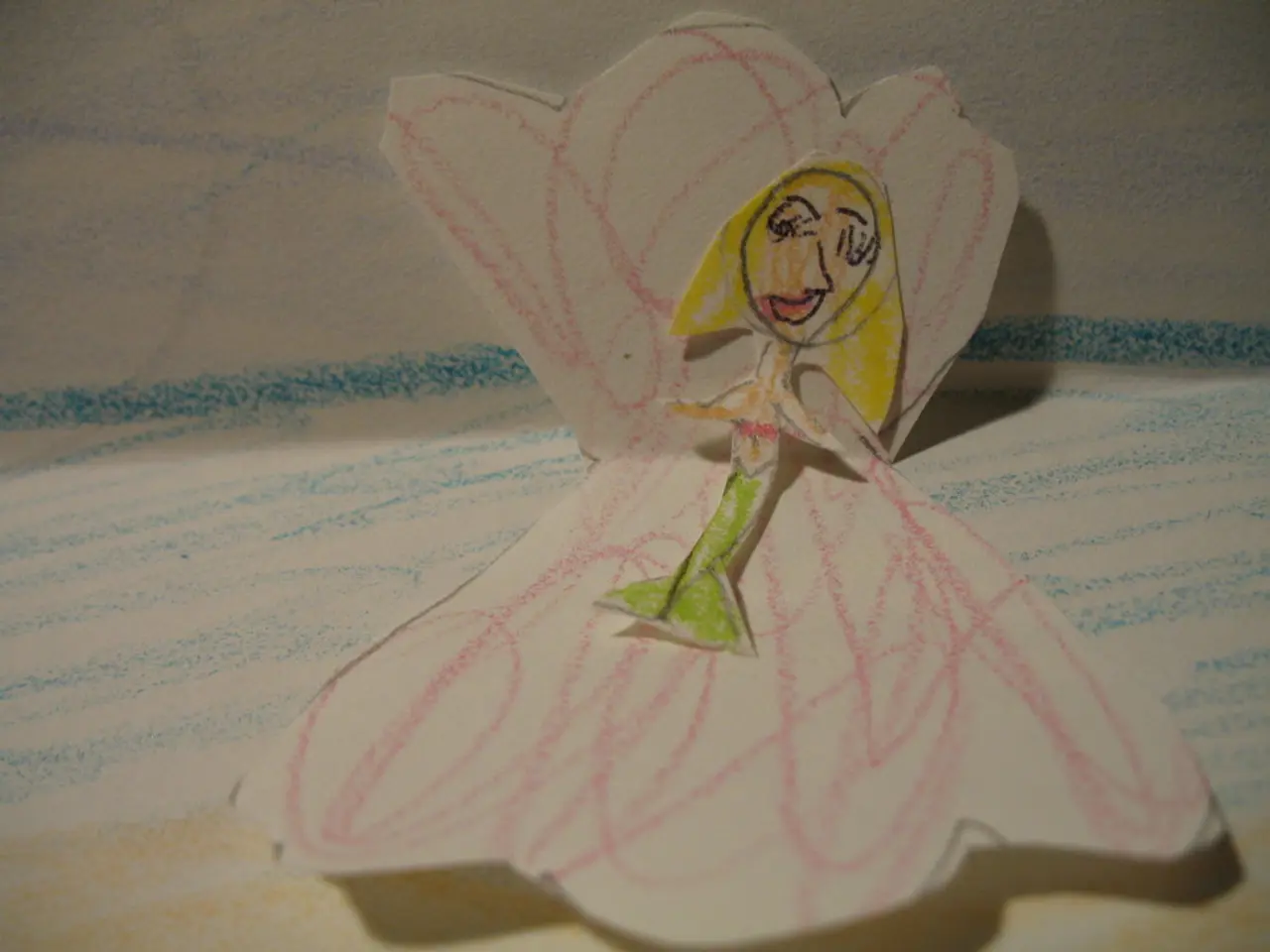Exploring the Key Components of Art for Children: Fun Tasks and Downloadable Resources
Art, in its purest form, is a means of expression that transcends boundaries and connects people. For those seeking to delve into the world of art, understanding the fundamental elements is essential. Here's a guide to the seven elements of art and how to effectively use them, requiring no fancy materials.
## The 7 Elements of Art
The seven elements of art are line, shape, form, space, texture, value, and colour. Each element plays a crucial role in creating a piece that resonates with viewers.
### Lines and Their Uses
Lines are the building blocks of art, used to create various effects and convey different emotions. There are several types of lines, each with its unique characteristics and uses. These include horizontal lines, vertical lines, diagonal lines, curved lines, zig-zag lines, implied lines, contour lines, and psychic lines.
## Effective Use of Lines in Art
Lines can direct the viewer's gaze, create a sense of movement, emphasise certain areas, and convey emotions. By understanding and skillfully using these types of lines, artists can effectively communicate their vision and engage viewers on a deeper level.
- Direction and Movement: Lines can direct the viewer's gaze and create a sense of movement. For example, diagonal lines can lead the viewer's eye through the artwork.
- Emphasis and Contrast: Different line types like zig-zag or curved lines can be used to emphasise certain areas or create contrast in a composition.
- Expressive Qualities: The thickness, texture, and direction of lines can convey emotions and express the artist's intent. For instance, bold lines can express strength, while thin lines can suggest delicacy.
Teaching the elements of art builds observation, problem-solving, and fine motor skills through creative play. With a project-based approach, anyone can teach the elements of art using simple materials, easy-to-follow instructions, and printable guides.
From hands-on art lessons for the 7 elements of art to fun activities like Zentangle patterns and tessellations, there's a wealth of creative possibilities waiting to be explored. So, pick up a pencil, and let your artistic journey begin!
[1] Source: [Artistic Pursuits](http://artisticpursuits.com/art-elements-and-principles/) [2] Source: [Tate Kids](https://www.tate.org.uk/kids/art/art-terms/line) [3] Source: [Edubop](https://www.edubop.com/art-elements/curved-lines/) [4] Source: [Kids Art Zone](https://kids-art-zone.com/art-elements-lines/) [5] Source: [Art Smart](https://www.artsmart.ca/art-elements/lines/)
- Incorporating lines effectively in art can guide the viewer's focus, generate a feeling of motion, highlight specific areas, and transmit emotions.
- The seven elements of art, including line, shape, form, space, texture, value, and color, are essential in creating captivating artwork that resonates with viewers.
- For those wanting to immerse themselves in the realm of art, understanding the fundamental aspects of art, requiring no extravagant materials, is vital.
- Teaching the elements of art to kids can foster observation, problem-solving, and fine motor skills while engaging them in learning through creative play.
- Artistic exploration includes a variety of educational resources and activities, such as lessons on the seven elements of art, Zentangle patterns, and tessellations, all catered towards an enjoyable and enlightening experience in art.
- Elementary lifestyle and education-and-self-development encapsulate the benefits of art, which transcends boundaries,connects people, and leads to personal growth and fulfillment.




